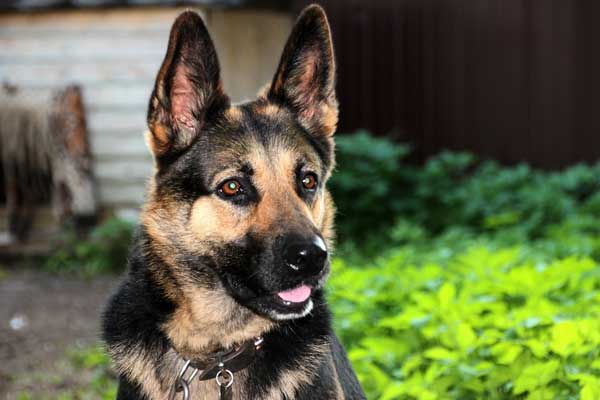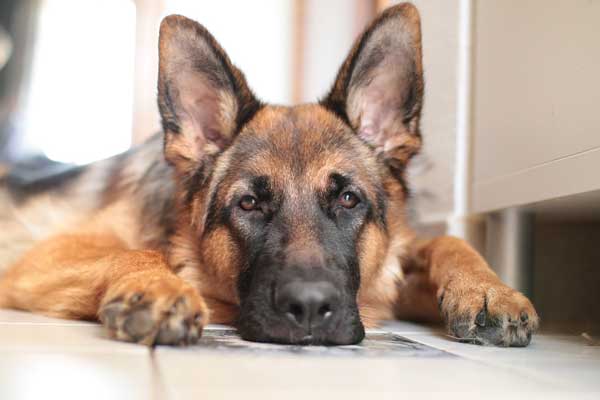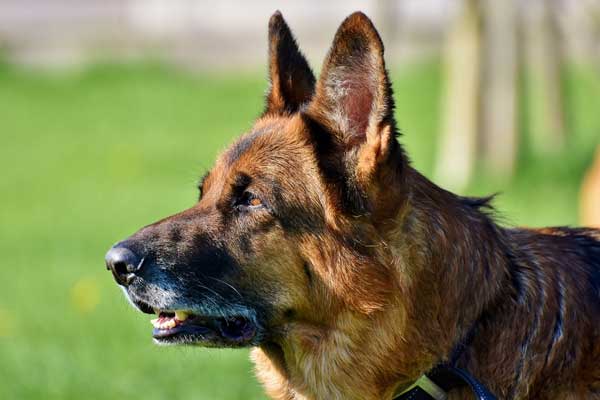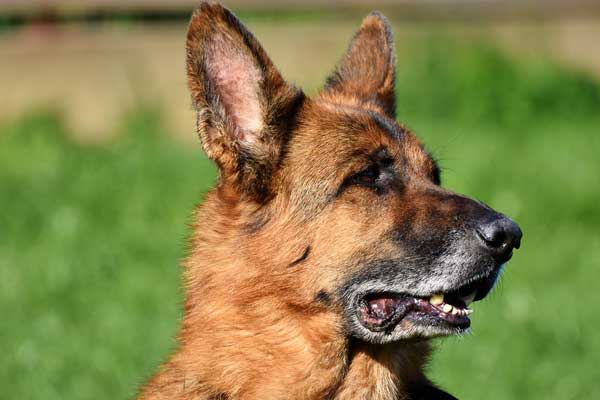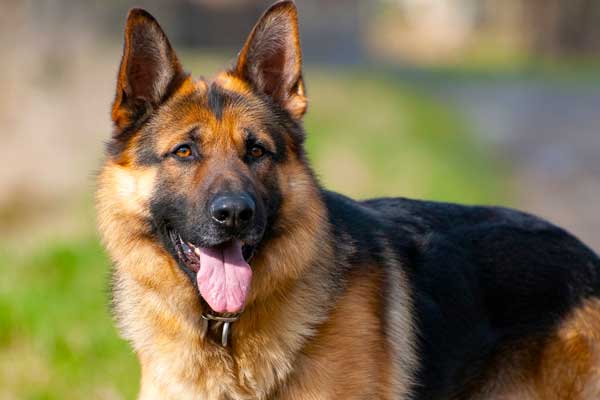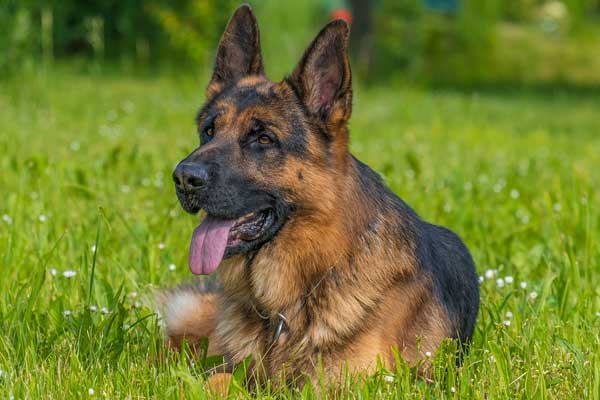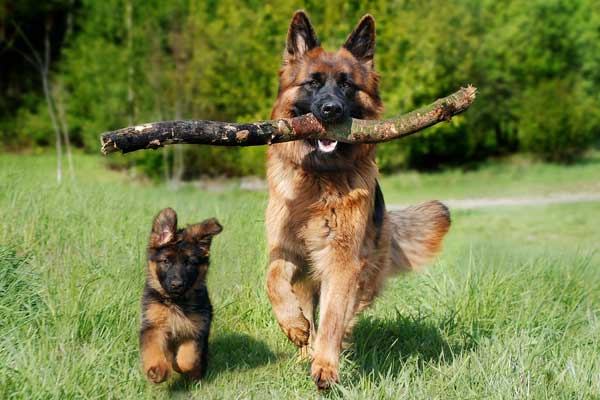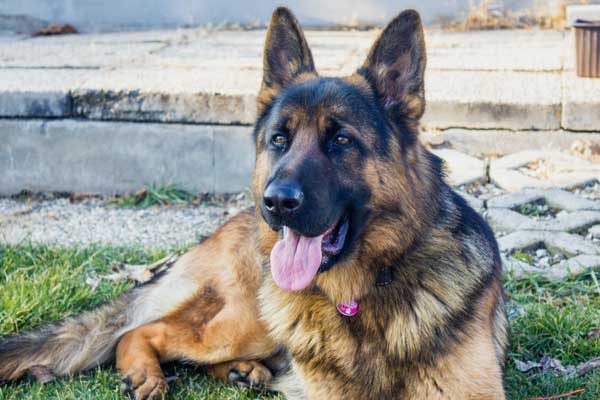How to Clean German Shepherd Ears Easily and Effectively? Get the Best Advice
Caring for your German Shepherd’s ears is essential to keeping them healthy and happy.
You must clean their ears regularly and know of potential infection or allergy signs. You can ensure your pup has healthy ears for years with the knowledge and tools.
In this article, we’ll cover everything from what cleaning supplies to have on hand to how often you should clean your pup’s ears and certain foods or treatments that could help with ear issues in German Shepherds. So let’s get started!
Preparing You and Your German Shepherd for Ear Cleaning
Cleaning your German Shepherd’s ears is essential to their grooming routine.
Whether you do this at home or take them to a groomer, you must know the basics of ear cleaning to ensure your furry friend stays healthy and happy.
Here are some tips on properly preparing for ear-cleaning sessions with your German Shepherd.
Supplies Needed for German Shepherd Ear Cleaning
Before starting any ear cleaning, have all the necessary supplies ready. This includes:
Ear Cleaning Solution
The most important item on the list is an ear-cleaning solution. This product helps break down wax buildup in your GSD’s ears, making it easier to remove dirt and debris that can cause infection if left unattended.
Be sure to use a product specifically for dogs since human ear cleaners may contain toxic ingredients.
Cotton Balls or Pads
It would be best to have some cotton balls or pads to help clean the gunk in your German Shepherd’s ears.
Cotton balls are softer than paper towels, so they won’t irritate your dog’s delicate skin as much as those other materials will.
Plus, they absorb liquid better than paper towels do. Just be sure to toss out each cotton ball after using it once; reusing them can spread bacteria from one ear to another.
Tweezers
Using tweezers can help make ear cleaning easier by grabbing small pieces of dirt and debris that would otherwise be difficult to remove by hand or with cotton balls/pads alone.
Ensure you get a pair of tweezers explicitly designed for pet use—you don’t want sharp edges that could hurt your pup’s sensitive ears!
A Towel
A towel on hand is handy for wiping away any excess liquid after cleaning your GSD’s ears. You should also use it to dry off their ears after baths, or swimming sessions since moisture trapped in the ears can cause infections, too—just like dirt and debris can!
Treats
Last but not least, remember the treats! Treats are an excellent way to show our furry friends how much we love them!
Ear cleaning isn’t exactly something most dogs look forward to, so having some tasty treats handy is an excellent way to reward them for being cooperative throughout the process (and hopefully make them less resistant next time!).
How to Clean German Shepherd Ears the Right Way
Cleaning your pup’s ears is essential, But if you’re not doing it correctly, you can damage your dog’s ear canal and cause pain or infection.
Knowing how to clean your German Shepherd’s ears properly is essential. Read on for tips on gently cleaning the german Shepherd’s ear canal!
First Steps in Ear Cleaning
Before beginning any ear cleaning, the first step is to inspect the outer area of the ears for signs of irritation or infection.
If you notice any redness or inflammation around the ears, it is best to only proceed with cleaning once you consult your vet.
They may recommend medication before beginning the process. Once they give you the okay, you can move forward with cleaning.
Start With Grooming
Before cleaning your dog’s ears, you’ll want to do essential grooming. Brush their fur so that it’s free of any dirt or debris that could get into their ears while you’re cleaning.
You may also want to trim the hair in and around your dog’s ears if it’s getting long—this will help you see what you’re doing when cleaning their ears later on.
Restrain Your Dog
When cleaning your dog’s ears, ensure they’re restrained safely, so they don’t move around too much while you work. If they don’t stay still, it could cause injury or discomfort for them.
Once you have the restraint set up in a way that keeps your dog comfortable, it’s time to move on to the actual cleaning process.
Apply Ear Wash Solution
Most ear wash solutions are gentle enough for all animals, including dogs and cats, but double-check before using any product with your pet.
Apply the solution according to the manufacturer’s instructions and ensure not to overfill, which could irritate the ear canal.
Once applied, let the solution sit for about five minutes to loosen any wax or debris inside their ears.
Massage The Ears
When five minutes is up, gently massage your dog’s ears while wearing gloves so that you don’t get any cleaners on yourself or transmit bacteria from your hands into their ear canal (better safe than sorry!).
Make sure not to push too hard; this should be a light massage! This will help break up any wax buildup since this is a common problem with German Shepherds because of their hairy coats.
Wipe Away Debris
Once you’re finished massaging, wet a cotton ball or swab with the ear cleaner. Gently wipe away the dirt and debris from the outer flap of their ear without going too deep into the canal itself.
If there is a wax buildup in their inner ear canal, you can use one of those pre-moistened wipes specifically designed for this purpose; these are usually available at pet stores or online. Never use Q-Tips, as they can damage their delicate eardrum!
Once you’ve wiped away all the dirt and debris, dry off their ears with a soft towel.
Most importantly, never insert anything into their inner ear canal, which could cause severe damage and lead to infection.
The best way to keep their inner ear healthy is to prevent the overgrowth of bacteria by regularly wiping away dirt and debris from its outer surface with a damp cloth or cotton swab.
Let Your Dog Shake
After all the debris has been wiped away with the cotton swab and nothing isn’t anything left in his ear canal, let him shake his head naturally so that all remaining water droplets fall out of his ear canal (this is important!). Afterward, please give him a treat for being such a good boy!
How to Tell if Your German Shepherd Needs a Vet Visit for Ear Issues
If you own a German Shepherd, then you know that ear infections and allergies can pop up from time to time.
It’s essential to be able to tell when something is wrong with your pup’s ears so that you can make sure they get the treatment they need. Here are some tips on how to tell if it’s time for a vet visit.
Checking for Wax Buildup
The first thing you should do when checking your pup’s ears for issues checks for wax buildup. Make sure there isn’t too much wax in their ears.
A little bit of wax is natural, but too much could be a sign of an infection or other problem. To check, put on gloves, then use an ear-cleaning solution or mineral oil to soften any wax buildup before wiping it away with cotton balls.
Ensure not to use q-tips as this could push the wax deeper into their ears and cause more problems.
Inspecting the Ears
The next step is inspecting your pup’s ears closely. Look inside their ear canal for redness or swelling, discharge, crustiness, or an unpleasant smell coming from their ears.
These are all signs that something might be wrong and that it’s time for a vet visit.
Additionally, if your dog has been shaking their head more than usual or scratching at their ears more than average, this could indicate an issue needing medical attention.
Watch Their Behavior
If your pup has trouble hearing or appears disoriented, this could also indicate an issue that a vet should look at. Other behaviors to look out for include:
- Lethargy.
- Sleeping more than usual.
- Excessive barking.
- Loss of appetite.
- Whimpering while touching their ears can mean something is wrong and immediate action needs to be taken.
How to Help Your German Shepherd with Ear Issues
Some treatments and foods can help your furry friend feel better! Let’s look at ways to help your German Shepherd with ear issues.
Change Your Dog’s Diet
A balanced diet with quality ingredients is essential for any dog’s health, especially those with ear problems.
Salmon and sardines, rich in omega-3 fatty acids, can help reduce inflammation and improve overall skin health.
It would be best to supplement your pet’s diet with yogurt or probiotics, as this help maintain balance in the gut microbiome, which can impact a dog’s immune system and overall health.
Alternative Treatments
In addition to dietary changes, you can use several alternative treatments to improve your pup’s ear health. For example, acupuncture is a great way to reduce inflammation and relieve pain or discomfort associated with chronic ear infections or allergies.
Homeopathic remedies using natural herbs like chamomile, goldenseal, yarrow, and calendula may also effectively relieve symptoms of an ear infection, such as itching or discharge.
If you choose to go this route, consult with a holistic veterinarian before beginning treatment so you know which herbs are safe for your pup!
Cleanliness Is Key
When caring for dogs with ear issues, cleanliness is critical! Ensure their ears are cleaned regularly (at least once weekly) using an appropriate dog-cleaning solution. Avoid cotton swabs, as these could damage delicate ear tissue.
Additionally, watch for signs of infection, such as redness or swelling around the ears – if you notice anything unusual, contact your vet immediately!
Regularly check inside your pup’s ears after baths or swimming sessions as well – water trapped inside might lead to bacterial growth, which could cause infections if not addressed quickly enough.
Conclusion
Caring for your pup’s ears is essential to keep them happy and healthy. By following these steps on gently cleaning the German Shepherd’s ear canal, you’ll be able to help keep their precious hearing organs in tip-top shape!
Remember—never insert anything into the inner parts of your dog’s ears, as this can cause severe damage and lead to infection.

